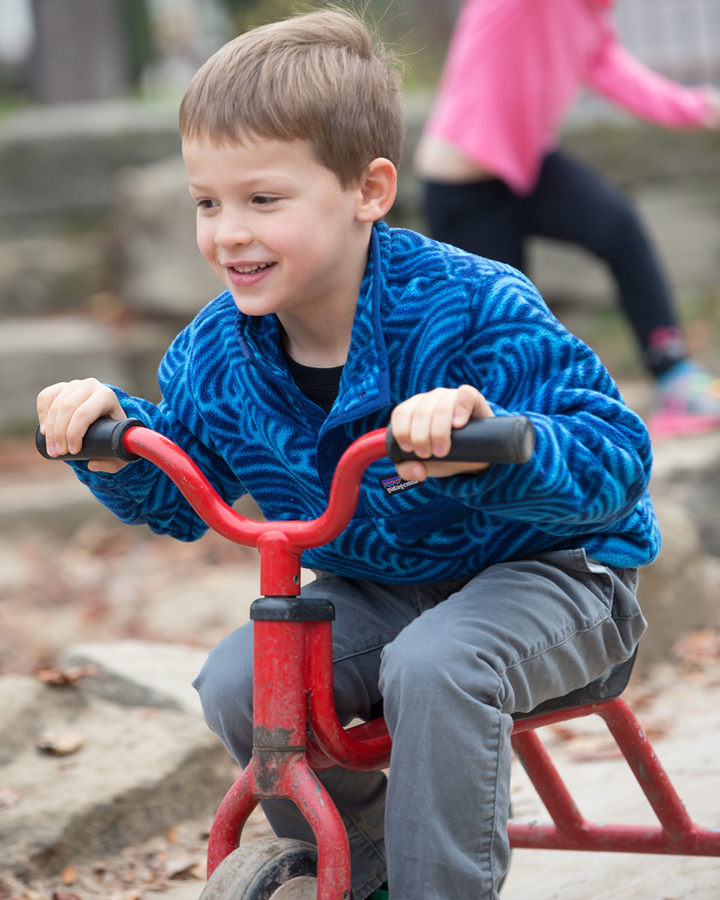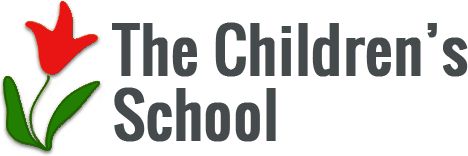At TCS there are three levels of curriculum.
First there is involvement with open-ended materials or play. Play is the backbone of early childhood education. At TCS play is worthy of our closest teaching attention and we support it in happening in every classroom, from the Youngest Preschoolers to the Primes. There is a period of time each day in each classroom when children are able to make choices from the open-ended materials teachers have chosen for them. Examples of open-ended materials are blocks, manipulatives, or art materials—materials that children make decisions about how they will be used. While it is easier to understand the social value of play for children, play also helps children’s cognitive understanding. Through play children create and consolidate meaning from their experiences and learn to think in increasingly abstract ways.
Second, at TCS we provide content curriculum. Teachers develop content related experiences from what they know about the children’s interest or from topics teachers know to be of value to children. When you hear of teachers planning classroom projects or experiences around bugs, zoo animals, construction, or families they are working with children on content curriculum. Projects are deeply developed topics of study that evolve from children’s experiences together in the classroom. A project begins with teachers finding out what children know about a topic, and then quickly moves into what children want to know more about and how the class can find out what they want to know. Research—through books, trips, expert visits, classroom experiences, and discussions—makes up the heart of project work for young children. At the very youngest age, children who are learning about which ingredients go into muffins are also involved in content curriculum. At TCS the content curriculum varies a bit in each classroom.
Third, we support skill development. With very young children the skill development part of the curriculum is self-help or material use skills. With older children skill development becomes increasingly focused on the academic areas. Skill development happens in large group meeting discussions, in individual interactions around the classroom, in small group instruction times, or in an area of the classroom set-up to emphasize a particular academic area.
Each of these types of curriculum is embedded within the routines and schedule of the day as well as the environment of the classroom. Through these classroom experiences teachers plan curriculum that fits with:
- our goals for children (competence, individuality, social relationships, and creativity),
- developmental areas (physical, social/emotional, cognitive, and language),
- content areas (math, science, creative expression, social studies, literacy, health and safety, and technology), and
- approach to learning.

